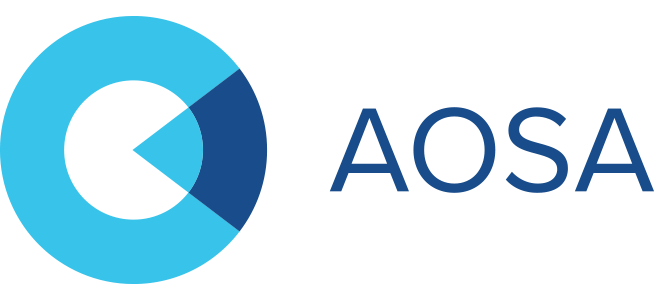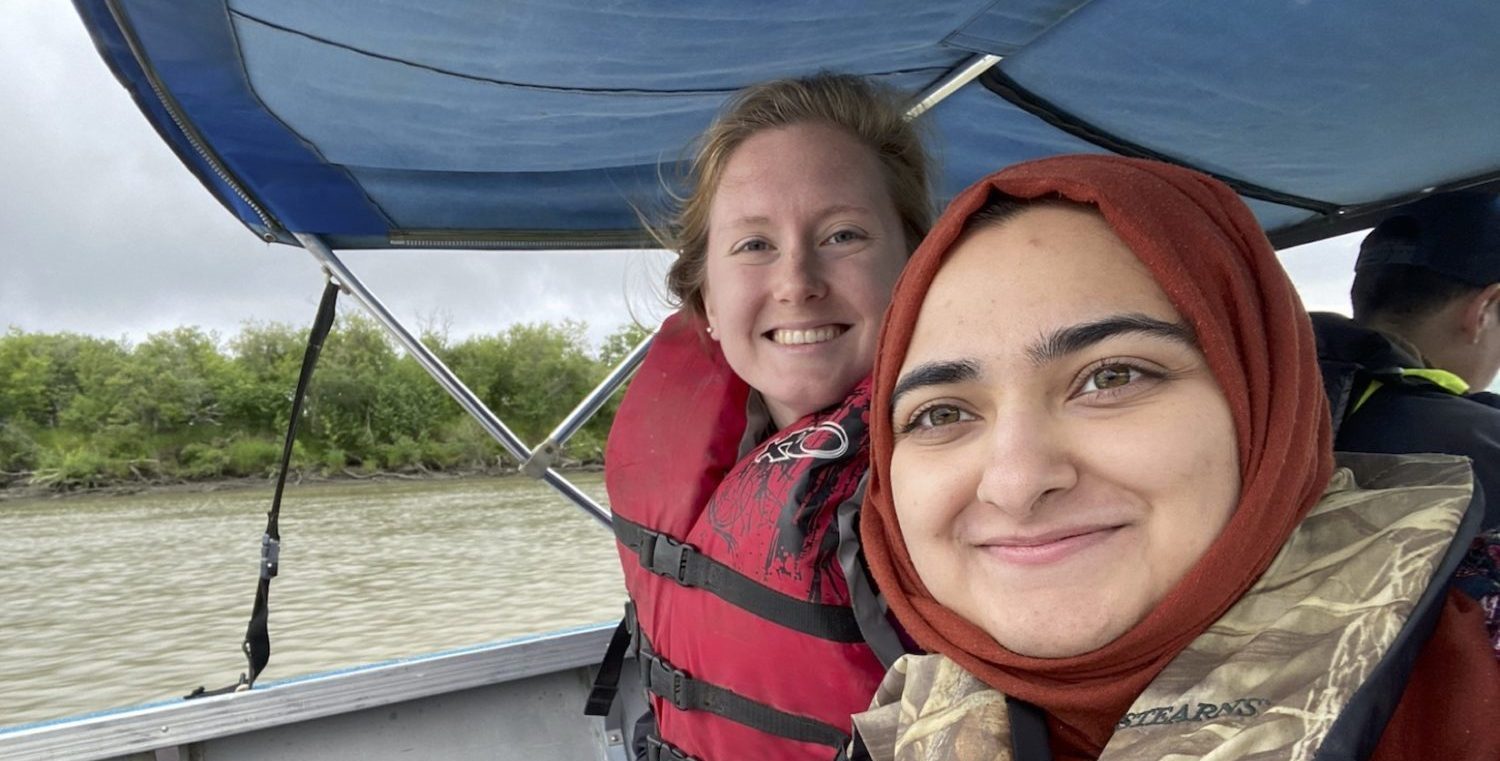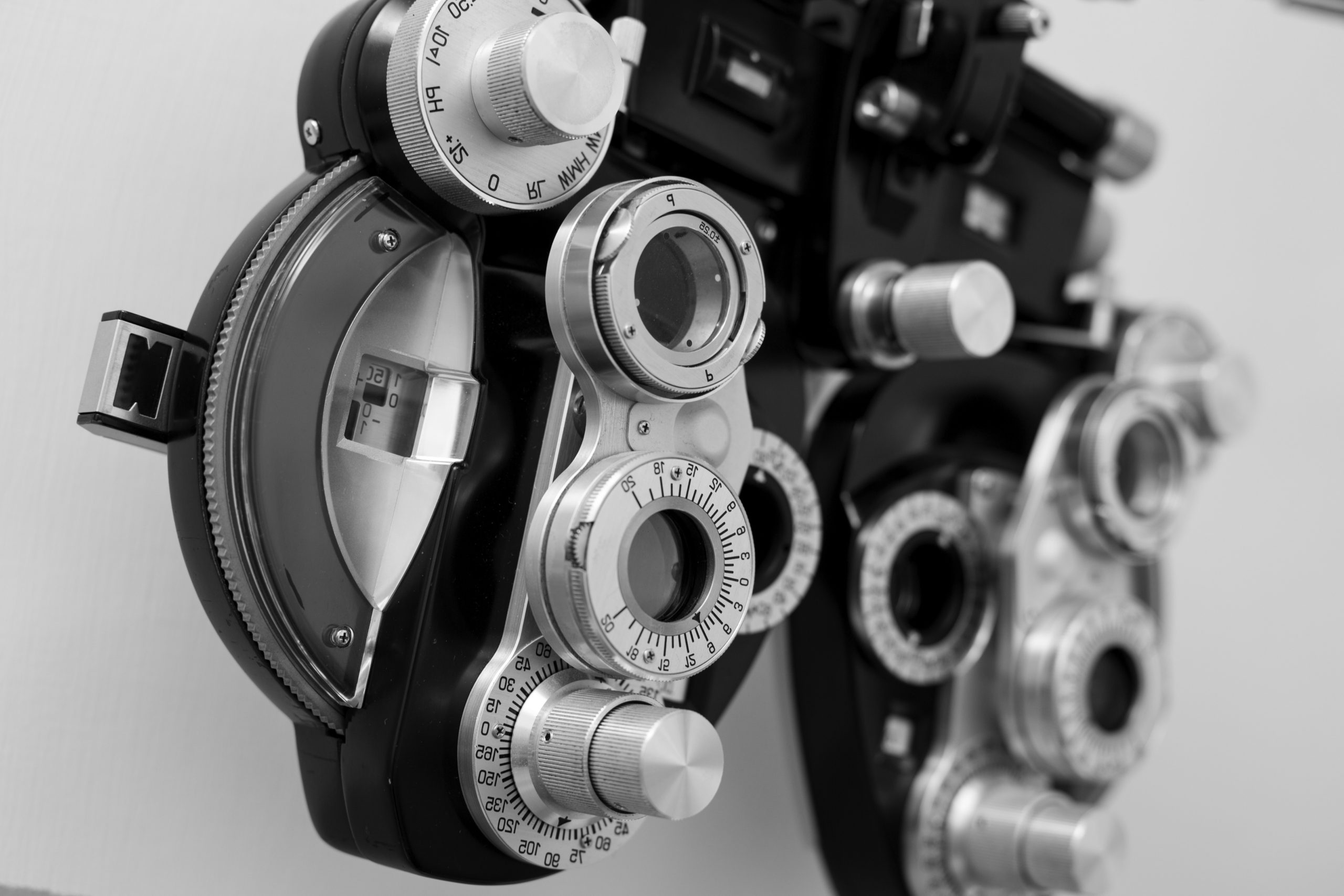COVID, elections, zoom, family, friends, sanity. The list goes on and on. It can be difficult to step out of your own bubble to realize everyone around you is going through their own version of the same thing. We worry about our loved ones’ health and safety; we worry about the state of our nation; we worry about keeping up with countless online platforms just to stay on track with school, and all while maintaining our personal and romantic relationships.
It can become very easy to feel desensitized by all the negativity we are bombarded with on the internet and it has become almost normal to expect the worst in the year 2020. We’ve all heard the jokes and the seen the memes. It feels almost unnatural to continue regularly scheduled curriculum while the world around us seems to be in a state of instability. Add the presidential election to the mix, and you have yourself the perfect recipe for anxiety. Not only is the abrupt transition having an impact on our learning, but also on our mental health.
I challenge you to take charge of your mental health and reach out to various resources available to you. Many universities offer counseling/therapy free of charge to their students and you would be surprised how beneficial it is to talk about your personal experience with someone outside of your close circle. Personally, I had never participated in counseling sessions until recently, but it took a small weight off my shoulders and that made all the difference. Normalize saying no to others once in a while and take time for yourself to catch a breath. I know a lot of us are overachievers and want to do it all, both in our personal and academic lives, but it is important to take a step back and remind yourself how far you’ve come and to put yourself first. As someone who’s always had trouble reaching out for help, I can understand the hesitation.
The first few months into the pandemic it seemed easier to stay productive with projects, trying new recipes, learning TikTok dances and even catching up on schoolwork. Now that we are more than half a year into the new normal, motivation can be harder to come by. For those 1st years who are beginning their journey in optometry virtually, for those 2nd years that are struggling to keep your clinical skills up to date with limited in person practice, for those 3rd years that are struggling to study for boards and keep up in clinic, and for those 4th years that are trying to learn as much as they can on rotations before setting forth onto the real world, remember that we are all doing the best we can and that is all anyone can ask of you.



















